When dark clouds gather on the horizon and the air grows heavy with the promise of rain, humans aren’t the only creatures that sense an approaching storm. Deep in forests, deserts, and grasslands across the world, snakes respond to subtle atmospheric changes that precede severe weather. These remarkable reptiles possess sophisticated sensory abilities that allow them to detect and interpret barometric pressure shifts long before the first raindrops fall. This extraordinary capability isn’t merely an interesting biological curiosity—it represents a critical survival adaptation that has evolved over millions of years, helping these limbless animals find shelter and safety before threatening conditions arrive.
The Science Behind Barometric Pressure

Barometric pressure, also known as atmospheric pressure, refers to the force exerted by the weight of air molecules in Earth’s atmosphere. As weather systems develop and move, this pressure fluctuates in predictable patterns, typically dropping significantly before storms arrive. This pressure reduction occurs because storm systems contain warm air that rises, creating areas of lower pressure near the ground. Scientists measure these changes using barometers, with readings expressed in units like millibars, inches of mercury, or hectopascals. For creatures sensitive to these variations, a dropping barometer serves as nature’s early warning system, signaling environmental changes that may require protective action.
Snakes’ Unique Sensory Adaptations

Unlike mammals with dedicated barometric sensing organs, snakes detect pressure changes through a combination of specialized anatomical features. Their inner ear structure, particularly the columella (a small bone connecting the eardrum to the inner ear), is extremely sensitive to minute pressure variations in the environment. Additionally, snakes possess a network of mechanoreceptors distributed throughout their skin and internal organs that can register subtle compression changes as air pressure shifts. The Jacobson’s organ (vomeronasal organ), while primarily used for chemical detection, may also play a supporting role in processing sensory information related to atmospheric conditions. This integrated sensory system provides snakes with a comprehensive awareness of their environment that extends beyond visual or thermal cues.
The Evolutionary Advantage
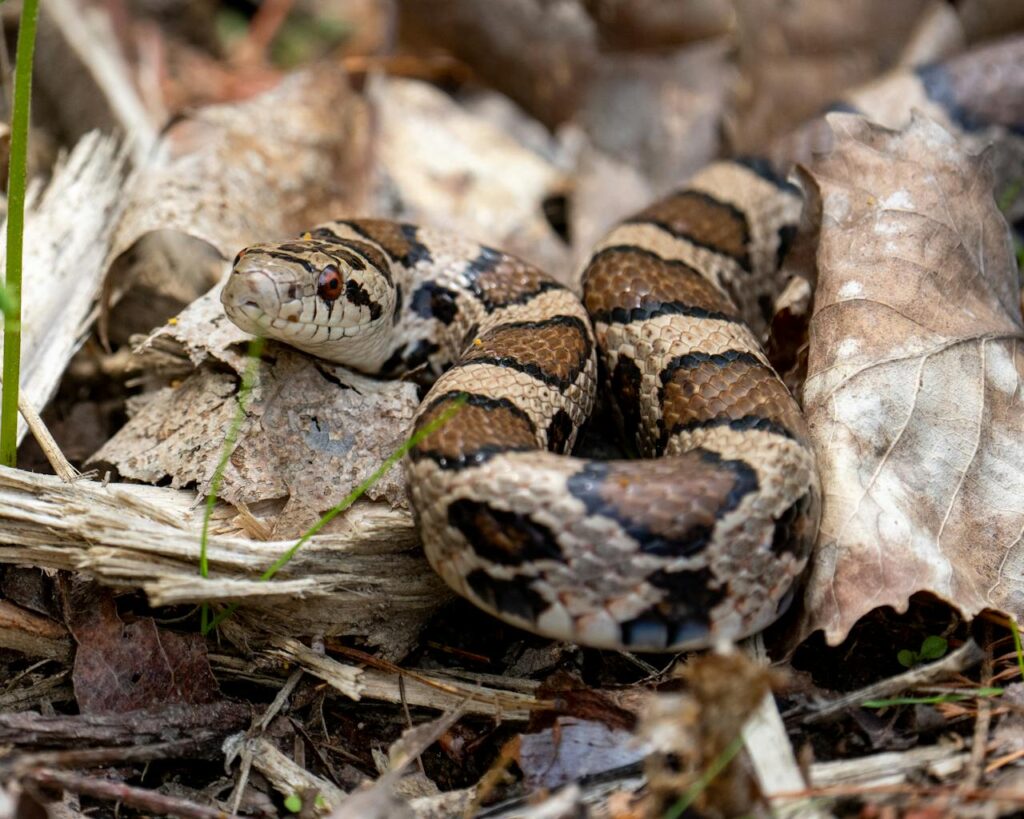
The ability to detect approaching storms offers snakes significant survival benefits that have been reinforced through natural selection over millions of years. Snakes that can anticipate severe weather can seek appropriate shelter before conditions become dangerous, avoiding potential threats like flooding, falling debris, or extreme temperature changes. This predictive capability also allows snakes to time their hunting activities optimally, either increasing feeding before being forced into shelter or adjusting hunting strategies to take advantage of other animals’ weather-related movements. For species that undergo seasonal migrations or hibernation cycles, barometric sensitivity contributes to the complex timing mechanisms that guide these crucial life events. Over evolutionary time, individuals with superior pressure-sensing abilities would have survived at higher rates, passing these traits to subsequent generations.
Behavioral Changes Before Storms
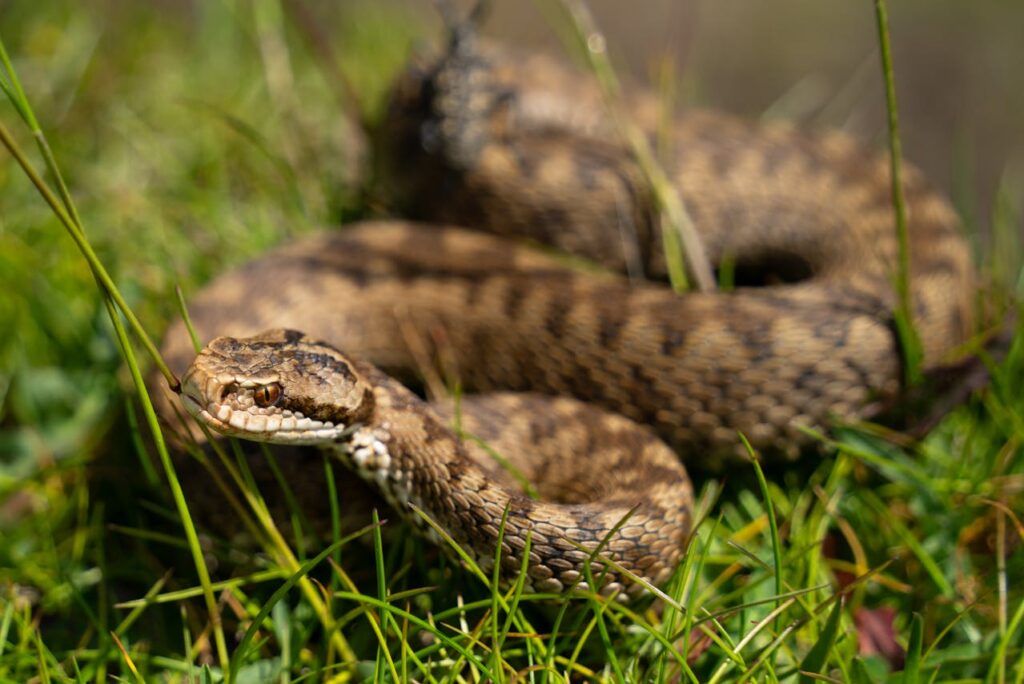
Herpetologists have documented distinct behavioral shifts in snakes as barometric pressure falls before storms. Many species become noticeably more active, increasing their movement as they search for appropriate shelter or attempt to complete hunting before the weather deteriorates. Other snakes display the opposite response, becoming unusually still and seeking confined spaces that offer protection from elements. Some water-dwelling species may leave aquatic environments temporarily, moving to higher ground in anticipation of flooding or water turbulence. Perhaps most interestingly, communal species sometimes cluster together in greater numbers than usual, suggesting a collective response to the detected pressure changes that may enhance group survival rates during adverse conditions.
Species-Specific Sensitivity Levels
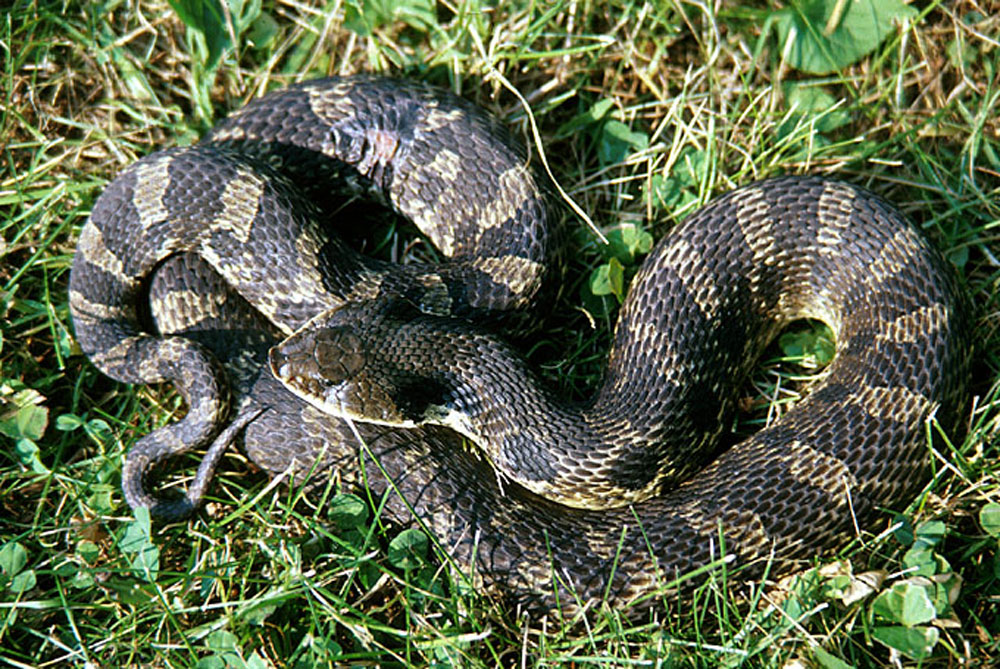
Research indicates significant variation in barometric sensitivity across snake species, likely corresponding to their native habitats and evolutionary history. Pit vipers, including rattlesnakes and copperheads, demonstrate particularly acute pressure sensitivity, possibly due to the sophisticated sensory apparatus associated with their heat-sensing pit organs. Aquatic species like water moccasins show pronounced responses to pressure drops, reflecting the increased survival risk that storms present in their watery environments. Desert-dwelling species, despite living in areas with less frequent storms, often display some of the most dramatic pre-storm behaviors, perhaps because the rare violent weather in these regions poses exceptional dangers. Species from tropical regions with frequent storm activity typically show more subtle but highly calibrated responses, reflecting their regular exposure to pressure fluctuations.
The Role of the Jacobson’s Organ

While primarily known for chemical detection, the Jacobson’s organ (vomeronasal organ) in snakes may contribute indirectly to their barometric sensitivity through an integrated sensory processing system. This specialized organ consists of two fluid-filled sacs located in the roof of the mouth, connected to the nasal cavity and accessible via ducts. When a snake flicks its tongue, it collects airborne particles which are then transferred to the Jacobson’s organ for analysis. Some research suggests that changes in air density and composition that accompany pressure shifts may be detectable through this system, providing supplementary information about approaching weather. The neural pathways connecting the Jacobson’s organ to the brain overlap with those processing other environmental stimuli, creating a comprehensive sensory picture that includes barometric information.
Pressure Changes and Hunting Behavior
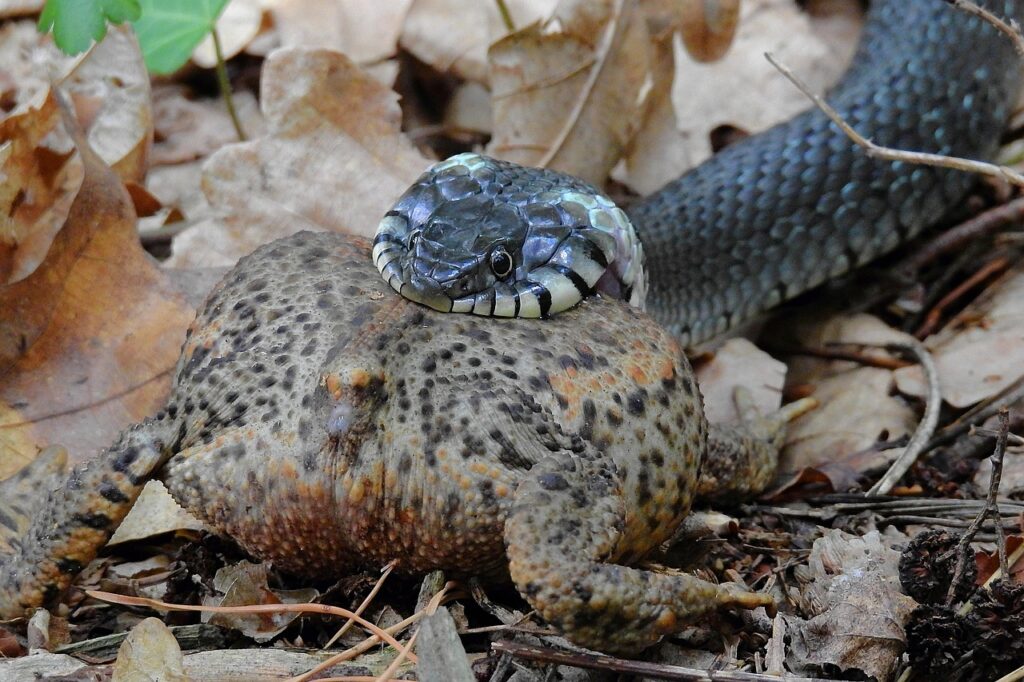
Barometric pressure fluctuations significantly influence snake hunting patterns, creating both challenges and opportunities that these predators have adapted to exploit. Many snakes increase hunting activity immediately before storms, taking advantage of the heightened movement of prey animals that are also responding to pressure changes. Research has shown that strike accuracy in some venomous species appears to improve during periods of falling pressure, possibly due to increased sensory alertness or changes in prey behavior that make them more vulnerable. Some snakes modify their hunting territories before storms, moving to locations where prey animals are known to seek shelter from bad weather. For species that primarily feed on amphibians, pre-storm periods can be particularly productive hunting times, as their prey often become more active in anticipation of coming moisture.
Shelter-Seeking Strategies

As barometric pressure drops indicate approaching storms, snakes employ sophisticated shelter-seeking strategies tailored to their specific habitats and the anticipated weather severity. Burrowing species like kingsnakes often descend deeper into their subterranean retreats, sometimes relocating to burrows with better drainage or structural stability. Tree-dwelling species typically descend to lower, more stable branches or even to ground level where they find shelter in hollow logs or rock crevices. Desert snakes may travel considerable distances to reach known rock formations or abandoned rodent burrows that provide optimal protection from both precipitation and temperature fluctuations. Remarkably, many snakes return to the same storm shelters repeatedly, suggesting they maintain a mental map of refuge locations that can be accessed quickly when pressure changes signal approaching danger.
Research Challenges and Methodologies

Studying snakes’ barometric sensitivity presents unique scientific challenges that researchers address through innovative methodologies. Laboratory studies typically use pressure chambers where controlled atmospheric conditions can be created while monitoring snake behavior through video recording and biotelemetry. Field research often employs radio transmitters surgically implanted in snakes, allowing scientists to track movement patterns in relation to natural pressure changes recorded by portable weather stations. Infrared cameras permit observation of nocturnal responses without disturbing natural behavior patterns with artificial lighting. One particularly valuable approach involves comparative studies between closely related species from different habitats, which helps isolate the genetic and environmental factors contributing to pressure sensitivity. Despite these advanced techniques, the cryptic nature of many snake species and their complex, multifaceted sensory systems continue to present significant research challenges.
Implications for Snake Conservation
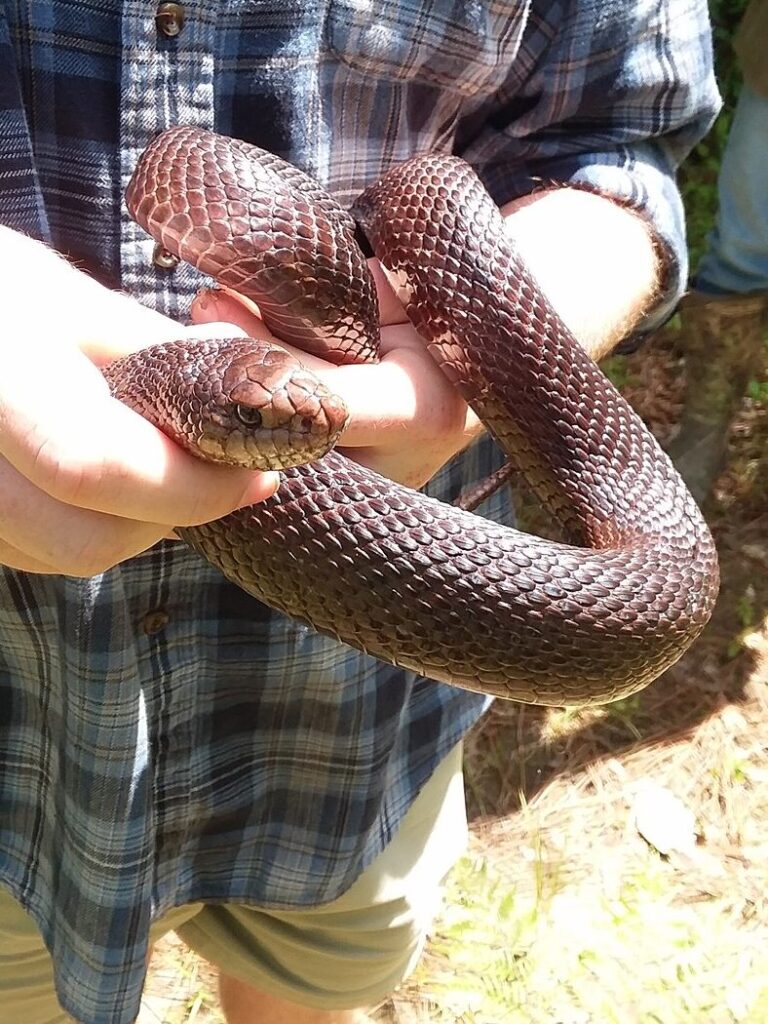
Understanding snakes’ barometric sensitivity has important implications for conservation efforts, particularly as climate change alters traditional weather patterns worldwide. Conservation biologists use knowledge of pressure-related behaviors to time field surveys more effectively, increasing the accuracy of population assessments by accounting for weather-related activity fluctuations. Habitat preservation efforts increasingly consider the availability of appropriate storm refuges as essential components of viable snake habitats, not merely focusing on feeding and breeding areas. For captive breeding programs supporting endangered species, mimicking natural pressure fluctuations has improved breeding success in some species that use barometric cues for reproductive timing. Perhaps most critically, this research helps predict how snake populations might respond to the increasing frequency and severity of extreme weather events projected under various climate change scenarios.
Practical Applications for Human-Snake Encounters

Knowledge of snakes’ barometric sensitivity offers practical applications for people living or working in snake-inhabited regions. Outdoor enthusiasts can use weather forecasts not just for personal comfort planning but also to assess the likelihood of increased snake activity or unusual snake distributions during periods of falling pressure. Homeowners in snake-prone areas should be particularly vigilant about sealing potential entry points before storms, as pressure drops may drive snakes to seek shelter in or around human structures. First responders and wildlife management professionals often factor in barometric conditions when responding to snake-related calls, knowing that certain behaviors are more common during specific pressure conditions. Farmers and landscapers can time certain high-risk activities like moving brush piles or clearing overgrown areas to avoid periods when pressure changes might increase the presence of sheltering snakes.
Future Research Directions

The field of snake barometric sensitivity research continues to evolve, with several promising directions for future scientific inquiry. Advances in miniaturized sensor technology are enabling more comprehensive monitoring of snakes’ physiological responses to pressure changes, including heart rate, respiratory patterns, and subtle muscle movements previously difficult to measure in free-ranging animals. Genetic research is beginning to identify specific genes associated with enhanced barometric sensitivity, potentially revealing evolutionary pathways and relationships between distantly related species with similar capabilities. Neurobiologists are investigating the brain structures involved in processing barometric information, with particular interest in how this sensory input integrates with other environmental cues to trigger behavioral responses. Perhaps most excitingly, emerging research suggests that better understanding of snake’s pressure detection mechanisms might inspire new biomimetic technologies for more accurate weather prediction or advanced warning systems for severe storms.
Conclusion
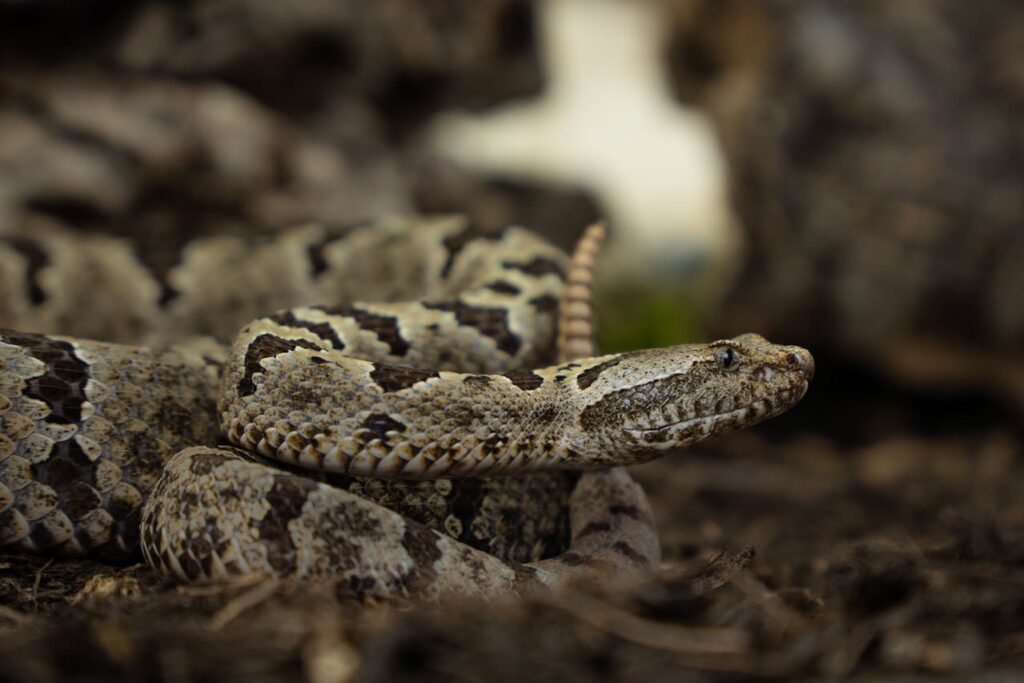
The remarkable ability of snakes to interpret barometric pressure changes before storms represents one of nature’s most sophisticated early warning systems. This sensitivity—developed over millions of years of evolution—illustrates how these often misunderstood creatures have perfected their adaptation to environmental challenges. As researchers continue to unravel the complex mechanisms behind this ability, they not only enhance our understanding of snake biology but also gain insights that may benefit human safety and technological innovation. In a world of increasingly unpredictable weather patterns, these ancient reptiles remind us that nature has been developing systems to anticipate and respond to atmospheric changes long before humans invented the barometer. Their silent vigilance before the storm stands as a testament to the extraordinary sensory capabilities that help these remarkable animals survive and thrive in diverse environments across our planet.





